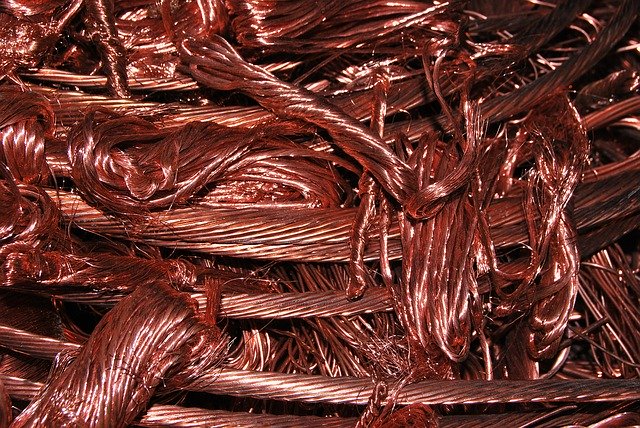Taseko Mines Limited announced that the Arizona Department of Environmental Quality has granted its Florence Copper Project the Aquifer Protection Permit (APP).
Russell Hallbauer, Chief Executive Officer and Director of Taseko, commented, “This is a key milestone in the advancement of the Company’s next operating asset. By issuing this permit, the ADEQ has endorsed the environmental integrity of our project and is confident that the commercial operation will meet all state environmental laws and regulations. The US Environmental Protection Agency (“EPA”) continues to advance their permitting process and our expectation is that the Underground Injection Control Permit will be issued in early 2021. With construction anticipated to commence in 2021, the timing could not be better with copper being highlighted as the metal of the future as the world aggressively transitions to a green economy.”
Stuart McDonald, President of Taseko, continued, “When in production, Florence Copper will produce 85 million pounds of copper annually at US$1.13 per pound C1 cash costs over its 20-year mine life. Based on our latest Technical Report, and supported by nearly two years of successful operation of the test facility, the project has an after-tax NPV (8%) of US$680 million at a copper price of US$3.00 per pound. At today’s copper price, the NPV rises dramatically to US$920 million, which is roughly three times our current market capitalization. We have de-risked the project significantly since its acquisition in 2014 and believe we are on the cusp of having one of the best low-cost, fully-permitted and financed copper projects in the world.”
“This state-of-the-art copper production facility will have an environmental footprint smaller than any conventional open-pit or underground mining operation of its size, with water consumption 14 times lower, carbon emissions six times lower and energy consumption three times lower. These attributes make Florence Copper an exceptionally green project which will supply the US domestic market and offset current copper imports,” concluded Mr. Hallbauer.




